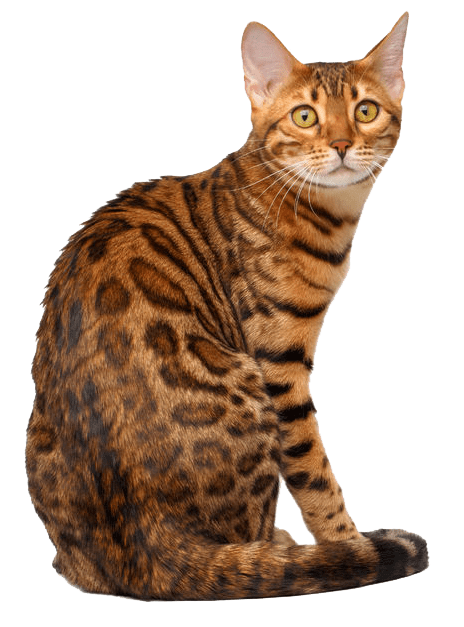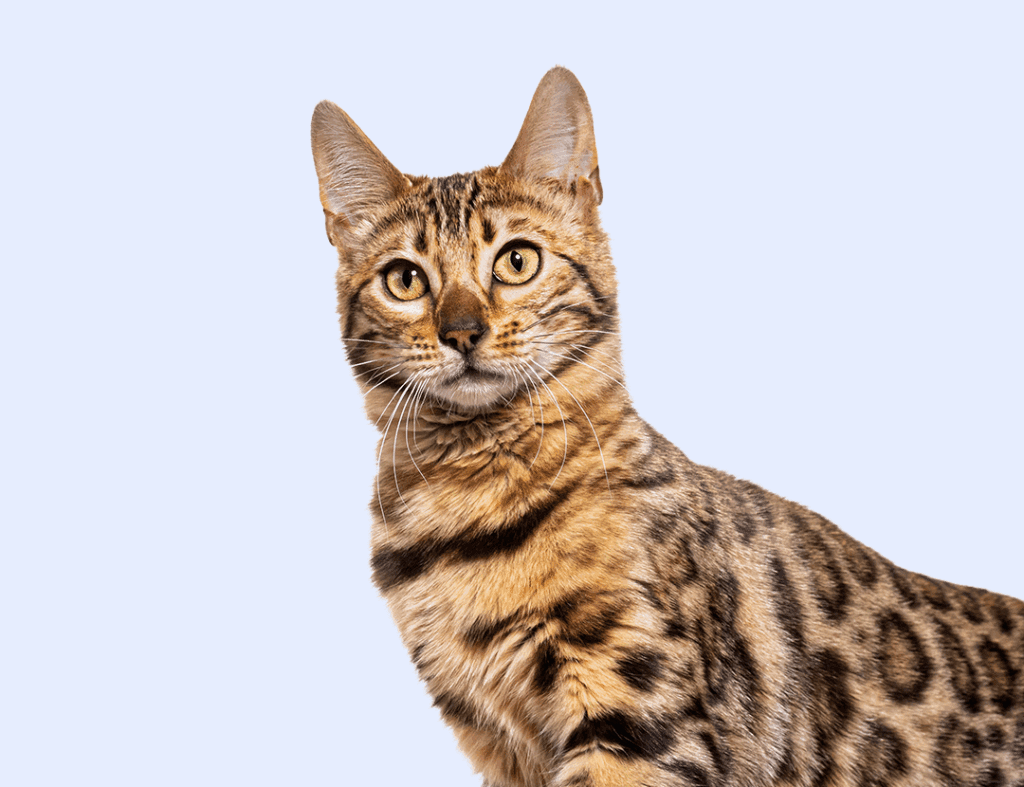A Touch of the Wild at Home
At first glance, the Bengal cat looks like it has just stepped out of the jungle, with its sleek, leopard-like spots and wild elegance. But do not be fooled by its exotic appearance. Beneath that stunning coat lies a gentle, affectionate, and very much domestic companion. Bengals are living proof that you can have the beauty of the wild with the heart of a family pet.
The Bengal is a true breeding marvel. This breed began as a cross between the small, exotic Asian Leopard Cat and the everyday domestic tabby. The idea was to combine the striking beauty of a wild feline with the gentle, trainable nature of a house cat. The result was a success, producing cats that kept their dazzling appearance but with the loving, playful temperament that makes them wonderful companions.
Bengals are athletic, muscular, and endlessly curious. They are the adventurers of the cat world, with energy to spare and a love for climbing, leaping, and exploring every nook and cranny of the home. Do not be surprised if your Bengal spends its time perched on the highest shelf, surveying its kingdom. To keep them happy, you will need to provide toys, climbing trees, and plenty of mental stimulation. Without enough activity, Bengals can become mischievous, knocking things from counters or scratching furniture to keep themselves entertained.
Despite their high energy, Bengals are affectionate and form strong bonds with their families. They love being near their humans, although on their own terms, and are not shy about making their feelings known. These cats are famously vocal and will happily “chat” with their owners throughout the day. Confident and outgoing, they adapt well to children, often treating them as just another playmate. However, smaller pets such as birds or rabbits are at risk around this natural hunter, so Bengals are best suited to households without such companions.
Bringing a Bengal into your life means welcoming an intelligent, playful, and strikingly beautiful cat that will keep you entertained and on your toes. They combine the allure of the wild with the affection of a family pet, creating a companion that is as unforgettable as their glittering coat.



